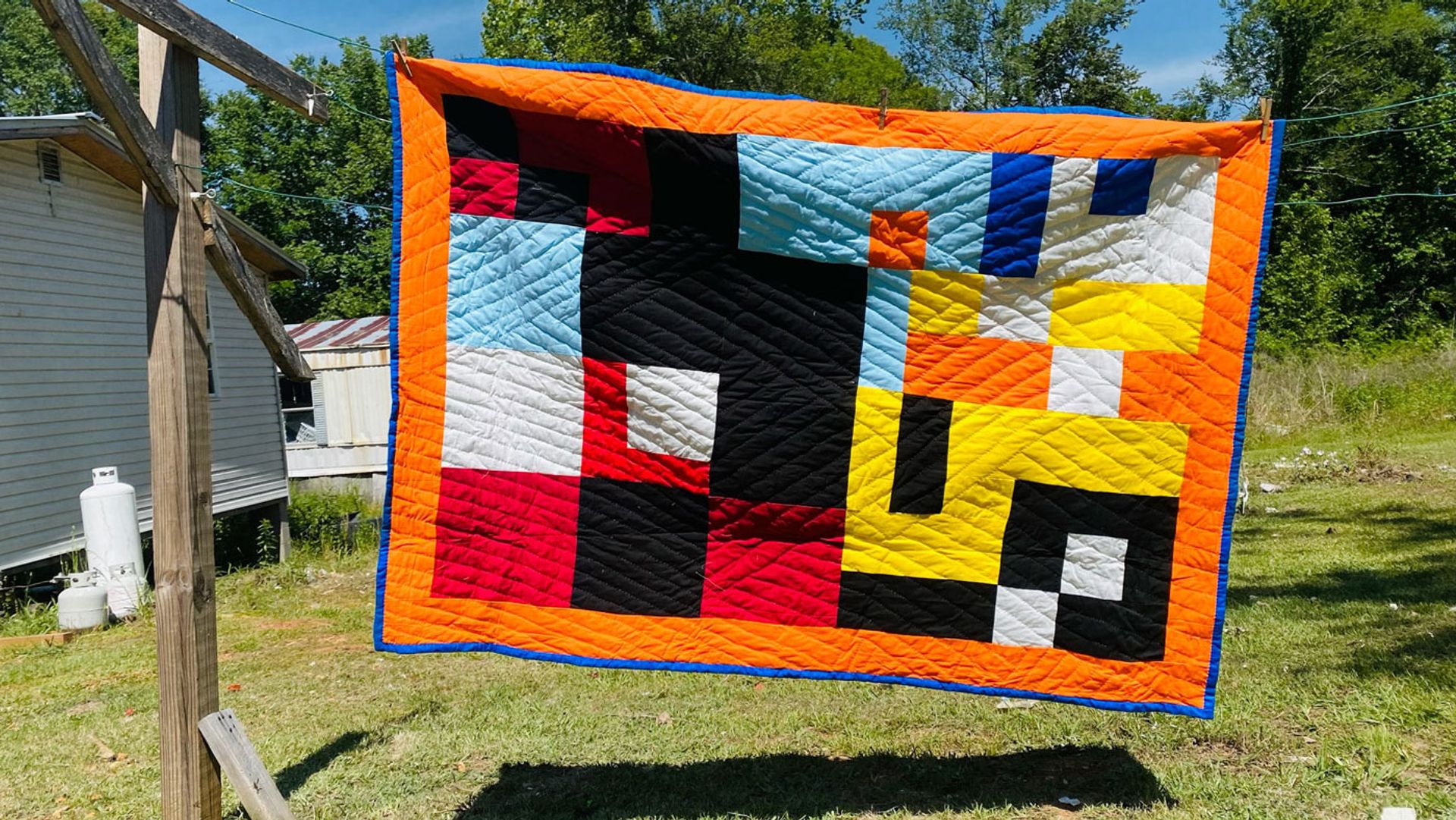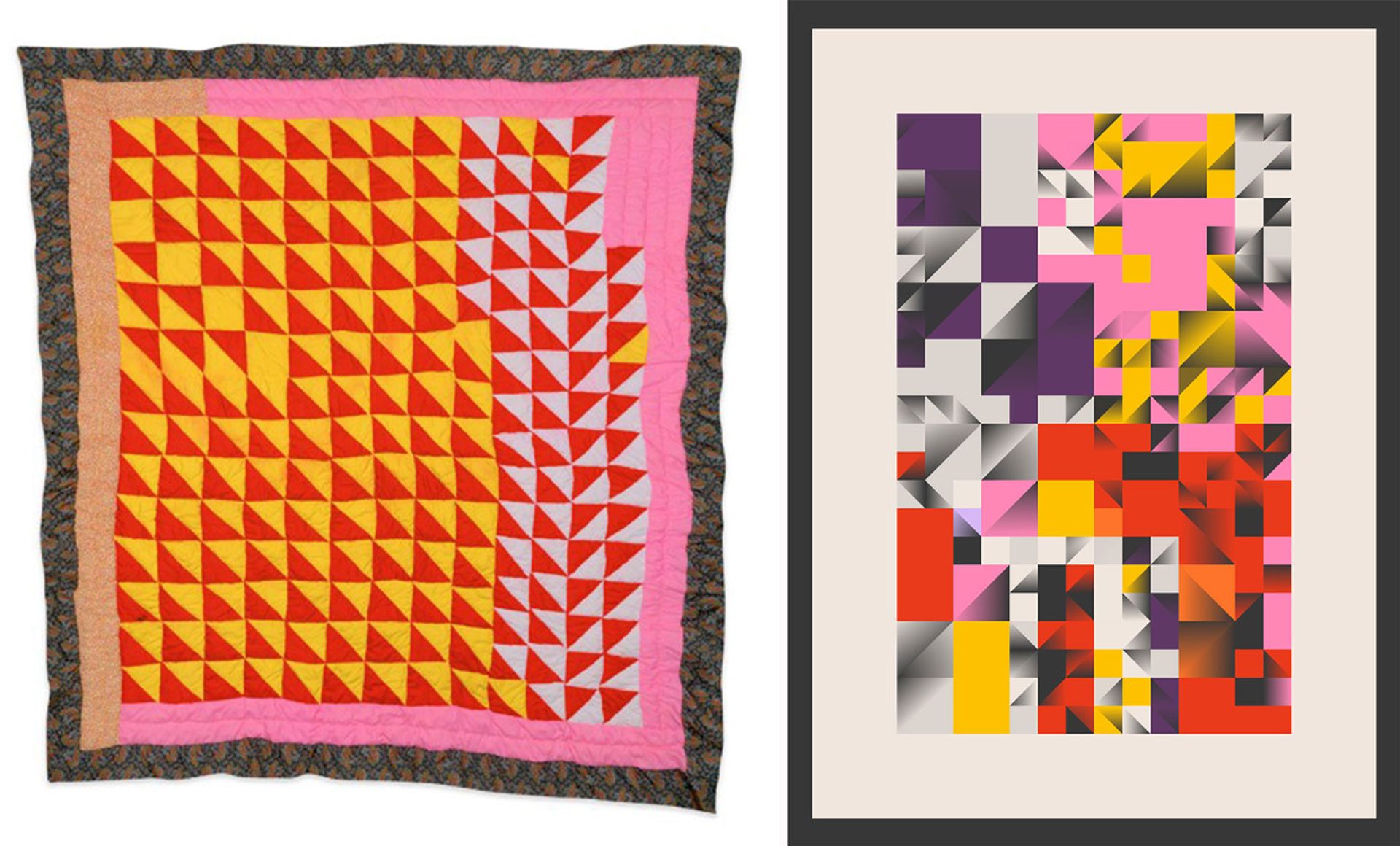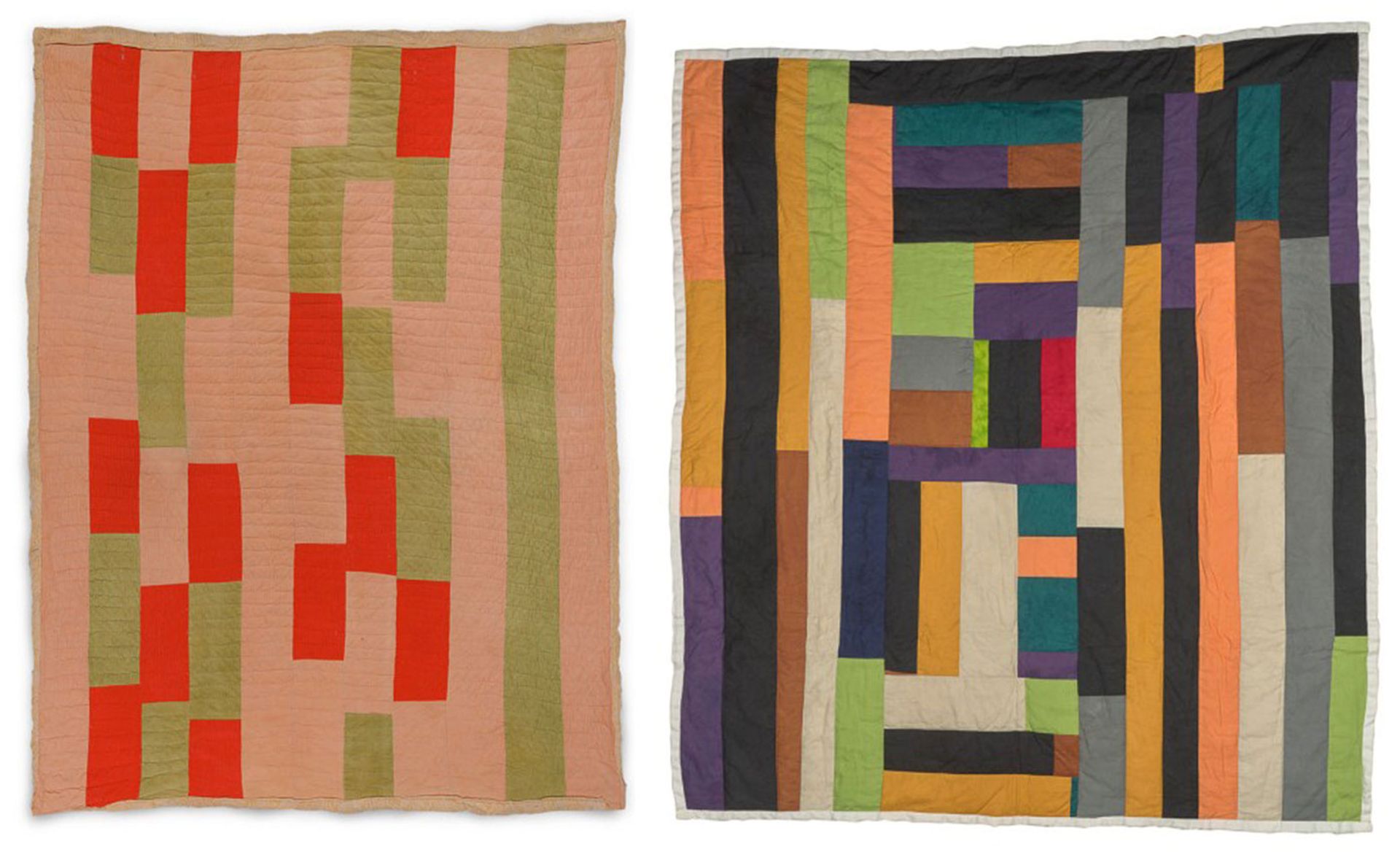how the Artists Rights Society works in the NFT world
In September 2022, I wrote an article about why famed abstract expressionist Frank Stella created an NFT that centered around Stella’s well-documented commitment to advocating for artists’ resale rights. Frank Stella’s Geometries grew out of his involvement in the early 1990s with the Artist Rights Society (ARS). Founded in 1987, ARS represents artists’ rights through copyright, licensing and monitoring of visual artists in the United States. The lobbying effort centers on the ART Act, which would impose royalties on resale, and the Artist-Museum Partnership Act, which would allow tax credits when an artist donates to museums and other public institutions.
For Katarina Feder, NFT and digital art were a natural outgrowth of the society’s original mission. This led her to found Arsnl Art,, the digital platform for ARS, last year – building on the society’s 35-year legacy of promoting and protecting artists’ intellectual property.
For the past five years, Feder has been director of business development at ARS. For the past three years, she has maintained a monthly advice column about ArtNet“Know Your Rights”, where she answers questions about intellectual property rights issues and more.
I spoke with Feder about how Frank Stella’s 2022 NFT release was received and Arsnl’s latest project with the quilters of Gee’s Bend.
Gretchen Andrew: How did the Frank Stella release go and how was it received by the traditional art world?
Katarina Feder: The Frank Stella release went remarkably well. We were incredibly lucky that Frank and his studio trusted us with this project, especially considering it was our first. But the long-term relationship with ARS gave them the confidence and the results were fantastic. We sold out all 2,100 tokens and, importantly, collected resale royalties for secondary sales, something Frank has championed for decades.
Of course there were some anxiety, we might call it, regarding the reception that the sale would receive from the traditional art world. But by and large the reception was outstanding, with a major museum acquisition and incredible critical coverage, like the piece you wrote for The art newspaper. Frank has truly been a pioneer in new technologies – he started working with Computer Aided Design (CAD) and 3D printing in the late 1980s / early 1990s. The fact that his sculptural practice was always dependent on these technologies was really a catalyst for the project and, I believe, one of the main reasons why it was so well received by the traditional art community.
GA: How did NFT collectors outside the traditional art world react to it?
CF: Of course, if you sell NFTs, you can’t forget the NFT collectors! While some were familiar with [Stella’s] job, there weren’t many. To contextualize his work, we created a process video and had an amazing curatorial statement by [the art analytics expert] Jason Bailey. These digital collectors fell in love with Frank and his work, and many of them created their own derivatives, which Frank allowed. We showed some of these to Frank and he loved them.

Mary Margaret Pettway, Quilt After Generation Seed 2531—inspired by one of Anna Lucia’s quilt NFTs – hanging on a clothesline in Gee’s Bend, Alabama Courtesy of the artists and ARS
GA: Your next exhibition is also unusual in the NFT world. Who are the quilters of Gee’s Bend?
CF: The Quilters of Gee’s Bend is a quilting collective whose members come from a small lowland located in a bend of the Alabama River. It was once a plantation, and today virtually all the residents of Gee’s Bend, Alabama are descendants of the enslaved people who worked the land. Many bear and share the slave owner’s surname: Pettway.
For generations, the town remained remote. The only road was paved in 1967, around the same time the ferry service, the most direct way in and out, was discontinued in an attempt to prevent residents from crossing the river to register to vote. Although this isolation almost ensured that the quilters had little or no exposure to the “art world”, the works of the benders developed remarkably. Lacking other resources, the quilters created geometric patterns from old breeches, sacks of cornmeal, and whatever else happened to be there. The women saw each other’s work on clotheslines or in neighboring houses, leading to a legacy of conversation and response. This sense of randomness and improvisation can be felt in their quilts that pulse with rhythm and color.
GA: How did you hear about the Gee’s Bend quilters?
CF: Like many others, I first learned about the quilters in the early 2000s, when they finally received extended recognition for their remarkable contributions to the arts. It was around this time that the Artists Rights Society (ARS) began to represent the intellectual rights of the quilters, helping to ensure that the woman would have proper oversight, as well as financial compensation, for the reproduction of their works. Since then, the quilters have seen many successful commercial partnerships. Recent examples include a Keeco Home quilt line exclusive to Macy’s, as well as an apparel collaboration with Greg Lauren.
Today, Gee’s Bend quilts can be found in the permanent collections of the Metropolitan Museum of Art, the Philadelphia Museum of Art, and the Whitney Museum of American Art, along with countless other institutions.
GA: How did the Gee Bend quilters come to have an NFT-based digital art exhibit? Tell us about who Anna Lucia is and why she is involved with the quilters
CF: Anna Lucia is a pioneering generative artist who weaves traditional textile techniques with modern technology, creating a space where “logic and creativity collide.” Finding connections with women textile artists who have been overlooked throughout history, her 2021 ArtBlocks project Loom drawing inspiration from the female artists of the Bauhaus movement who were often relegated to weaving when other disciplines were considered “inappropriate”.

Roots and Offspring: Lucy T. Pettway, Birds in the air1975, and an NFT by Anna Lucia for Generations2023, inspired by Pettway’s quilt Courtesy of the artists and ARS
GA: And along with the Gee Bend quilts she made Generations. What is Generations?
CF: Generations focuses on the works of four of the most prolific quilters – Louisiana Bendolph, Loretta Pettway Bennett, Essie Bendolph Pettway and Lucy Pettway, represented by her daughter and fellow quilter, Mary Margarett Pettway.
The show embraces the polyrhythmic call-and-response style of Gee’s Bend: the quilters shared their process with Anna Lucia, who in turn created an algorithm to generate digital quilts that share key elements with the source, yet are unique and surprising in their own way .
Greg Liburd, the activist and co-founder of Refraction DAO, who wrote the curatorial statement for the show, explains: “Generations fosters a dialogue between handmade and digital art through the blockchain, immutably and universally conveying an important story that transcends bloodlines. The goal is to disrupt the centuries-old cycle of appropriation of black culture by enabling lasting attribution and fair exposure to the value created by the works.”
GA: How did Arsnl get involved with the show?
CF: Arsnl actually received a request, above ARS, to license the works of several of the members of Gee’s Bend for a digital art collaboration. The more we talked to the original organizers of the show – who helped us see it into reality – the more we all realized that Arsnl really was the right home for this project. The decades-long relationship that ARS has fostered between the quilters and the Souls Grown Deep Foundation started us off with a level of trust that was probably impossible for anyone else to duplicate. And it just took off from there.
GA: What were the challenges in bringing about a collaboration between digital and traditional artists?
CF: We wanted to create interesting and nuanced, collaborative, while maintaining the integrity of the source material. It is no easy task. But Anna Lucia understood this right away and used it to develop her technique. As she puts it, “it was clear to me that it would be impossible to transfer the depth and warmth of the quilt to the digital world. Something would always be lost. That’s why I fine-tuned the patterns and colors. At first glance, the quilts may seem simple. But I found great complexity in the patterns when I described them in logic and code and examined the common language between them all. It gives me great pleasure that the quilt makers selected the final results.”
GA: Quilting is often a communal activity, with many quilters coming together to work on a project. How important was the social aspect of quilting to this work with Anna Lucia and Gees’s Bend?
CF: Capturing the communal aspect of quilting was essential to this show. The collaborative process between Anna Lucia and the quilters took place over the better part of a year. It was fascinating to watch this dialogue.
As works of art that live on the blockchain, the collection also promotes a direct dialogue between the artists and a wider audience of digital collectors. The geometric patterns of the quilts are, for the purposes of this performance, the analog version of Anna Lucia’s code, and we felt it important to include physical works to contextualize this interplay.
Ultimately, the sale includes digital quilts based on physical threads as well as the physical quilts by Essie Bendolphy Pettway, Loretta Pettway and Mary Margaret Pettway.
In addition, Mary Margaret created a physical quilt as a response to one of Anna Lucia’s exits. This digital/physical is also offered in the sale. This quilt served as the inspiration for an additional “tool”, as collectors of the digital works will have the opportunity to have their NFTs made into physical miniature quilts by the quilters. This will be done upon approval and at cost, with 100% of the proceeds going to the quilters.

Essie Bendolph Pettway, Multiple columns of rectangular blocks and bars (in Lazy Gal form)1980 (left) and Loretta Pettway, Sandy Hill Lazy Gal2009. The ARS show at LUME studios, New York, includes physical quilts made by the Gee’s Bend quilters Courtesy of the artists and ARS
GA: When and where does this series go live?
CF: The pre-sale goes live on Wednesday 17 May at 12:00 PM EST. The public sale begins 24 hours later, on Thursday 18 May at 12:00 PM EST. It is exclusively on Arsnl.art. All works can be purchased with Ethereum or with a credit card.
To celebrate, we will be hosting a live event at LUME studios in NYC on opening day, Wednesday May 17, at 18.00. This live event will feature the new digital quilts by Anna Lucia, as well as physical quilts by Loretta Pettway, Essie Bendolph Pettway, and Mary Margaret Pettway.


